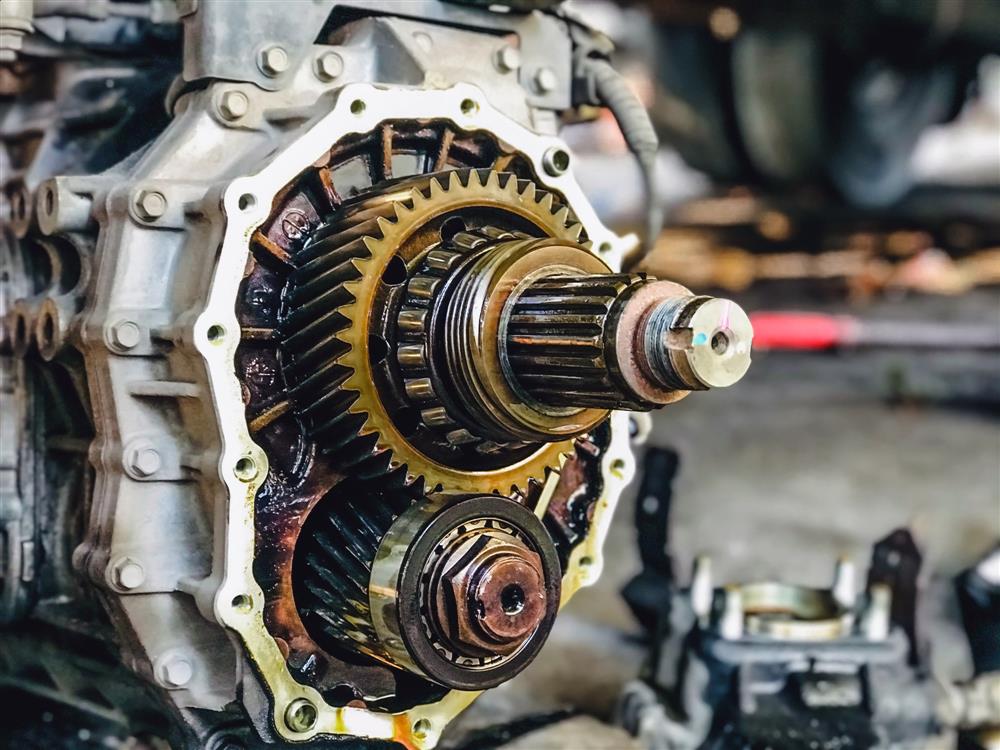
The transmission of your vehicle has to be in good working order for the automobile to run smoothly. And the temperature of the transmission plays a significant role. Too high and you could face serious issues.
The average, optimal temperature of your transmission should be somewhere within the range of 175 to 220 degrees. What happens when it rises above? Let’s find out.
What Causes a Transmission to Overheat?
There are a few different reasons that may cause your transmission’s temperature to jump above the optimal range, including:
- Dirty or old transmission fluid
- Worn, dry seals
- An engine that is overheating
- Low - or no - transmission fluid
- Leaking fluid
A solenoid that is malfunctioning can also cause a rise in your transmission’s temperature. This part is tasked with measuring the fluid that goes into the transmission. If it doesn’t send enough, it can overheat. Getting your car serviced regularly by a transmission specialist can reduce the chance of these things happening.
Is Your Transmission’s Temperature Too High?
If your transmission’s temperature is above 220, your car is at risk. These high temperatures lead to overheating. And, sometimes rapidly, parts of your vehicle can become damaged, including hardened seals, slipping plates, burnt-out clutches, and so forth. Complete failure is the eventual end result.
How to Know if Your Transmission is Overheating
There are a few different ways you can find out if your transmission is overheating. The sooner you recognize it, the sooner you can take action to protect your vehicle.
- Warning light. One of the first indicators that your transmission is overheating will be the warning light on your dash. If there is any issue - including overheating - it will turn on. It is important to note that this may be warning you of other transmission issues, as well, such as low fluid.
- Burnt smell. One cause of a burning smell is a transmission that is overheating. It is important that you pull over and get this checked before you cause more serious damage.
- Difficulty shifting gears. Overheating transmissions do not work properly. And that means they may have difficulty shifting gears. If you are experiencing this, get your car checked out right away.
- Hot engine. When your transmission is running too hot, the feeling of being overworked will carry over to the engine, too. And it is not uncommon to see that light come on as well, warning you that your engine is about to overheat.
Lowering Your Transmission’s Temperature
To lower your transmission's temperature, there is an easy and simple solution. Ready? Pull off the road to a safe space and turn the car off. This will allow it to cool down completely. This is also a good time to check your level of transmission fluid, adding some if necessary.
Do not continue to drive your car while the light is on or you will damage your transmission.
Is Your Transmission’s Temperature Too Low?
It is possible for your transmission’s temperature to be too low. And this could be dangerous, too. Transmissions that have low temperatures struggle to reduce the condensation inside the unit. And, as a result, the car will not function as well as it should.
Cold weather is a very common denominator in transmissions with low temperatures. To keep this from happening, simply give your car a chance to warm up before driving it when the outside temperatures are low.
Expert Transmission Care
Whether your transmission temperature is too high or you are experiencing other signs of wear or tear, the technicians at Circle D Transmission can help. We have been servicing the vehicles of those in the greater Houston area since 1976.
Contact us today at (713) 895-7019.
